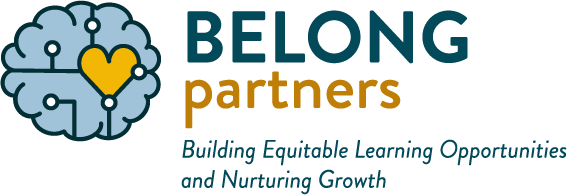“Inclusion is not an intellectual thing. It has to be visceral. Words like diversity, equity, inclusion have no meaning at all unless we make it personal, unless we connect these themes to our life story and operationalize them in the actions of our daily lives.” – Jonathan Joseph, Sound Discipline Board of Directors.
Sound Discipline Board commits to an equity curriculum
In July, Sound Discipline Board Members Jonathan Joseph and Debbie Symonds worked together to design an equity curriculum for the Sound Discipline Board around a year-long study of the book Belonging Through a Culture of Dignity: The Keys to Successful Equity Implementation by Floyd Cobb and John Krownapple. The curriculum seeks to balance intellectual understanding with lived experience. This means the Board is dedicating space at every meeting and between meetings to learn about one another’s lives and how that lived experience connects us and motivates us to do the work of walking the talk of our values.
The process includes pre-readings, small group discussions over Zoom, plus an art/cultural component that connects with the theme. For example, the introductory work session featured clips from the Disney/Pixar animated movie “Inside Out.” (Put this on one on your list if you have never seen it!) We have explored many ways to engage with the material, make it personal, and connect it to our work as an organization.
The core to learning is belonging and inclusion
Cobb and Krownapple remind us that belonging, inclusion, and dignity are at our core as human beings and, therefore, core to learning. “Inclusion,” they say, “is the precious, flowering plant we are trying to cultivate. Belonging is the root system that sustains the plant, yet it remains unseen and often underappreciated. The organizational culture in our schools is the soil out of which the plant must grow.”
At Sound Discipline, we work alongside educators, families, and leaders to build up that fertile soil, – school cultures where all students know they belong and can learn and thrive. To do that, our staff and board members are building our own culture of belonging and inclusion as an organization.
